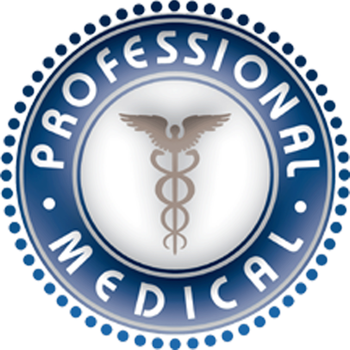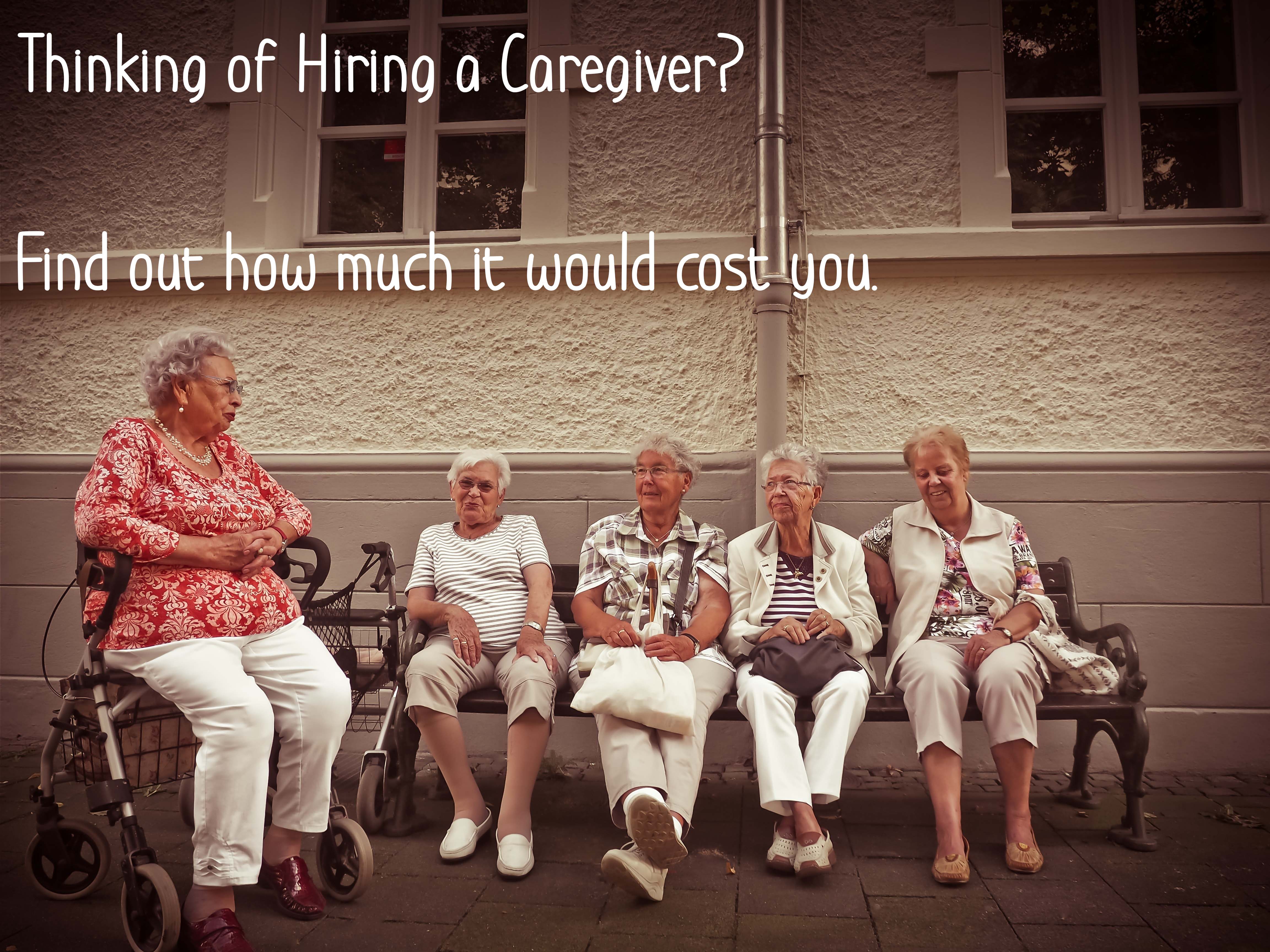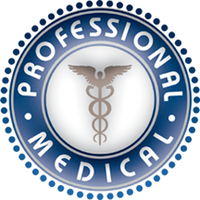Food: Allergies, Intolerance, and Hype
 Many who think they have food allergies actually do not.
Many who think they have food allergies actually do not.
A new report, commissioned by the federal government, finds the field is rife with poorly done studies, misdiagnoses and tests that can give misleading results.
While there is no doubt that people can be allergic to certain foods, with reproducible responses ranging from a rash to a severe life-threatening reaction, the true incidence of food allergies is only about 8 percent for children and less than 5 percent for adults, said Dr. Marc Riedl, an author of the new paper and an allergist and immunologist at the University of California, Los Angeles.
Yet about 30 percent of the population believe they have food allergies. And, Dr. Riedl said, about half the patients coming to his clinic because they had been told they had a food allergy did not really have one.
Dr. Riedl does not dismiss the seriousness of some people’s responses to foods. But, he says, “That accounts for a small percentage of what people term ‘food allergies.’ ” Even people who had food allergies as children may not have them as adults. People often shed allergies, though no one knows why. And sometimes people develop food allergies as adults, again for unknown reasons.
For their report, Dr. Riedl and his colleagues reviewed all the papers they could find on food allergies published between January 1988 and September 2009 — more than 12,000 articles. In the end, only 72 met their criteria, which included having sufficient data for analysis and using more rigorous tests for allergic responses.
“Everyone has a different definition” of a food allergy, said Dr. Jennifer J. Schneider Chafen of the Department of Veterans Affairs’ Palo Alto Health Care System in California and Stanford’s Center for Center for Primary Care and Outcomes Research, who was the lead author of the new report. People who receive a diagnosis after one of the two tests most often used — pricking the skin and injecting a tiny amount of the suspect food and looking in blood for IgE antibodies, the type associated with allergies — have less than a 50 percent chance of actually having a food allergy, the investigators found.
One way to see such a reaction is with what is called a food challenge, giving people a suspect food disguised so they do not know if they are eating it or a placebo food. If the disguised food causes a reaction, the person has an allergy. But in practice, most doctors are reluctant to use food challenges, Dr. Riedl said. They believe the test to be time consuming, and worry about asking people to consume a food, like peanuts, that can elicit a frightening response.
The paper, to be published Wednesday in The Journal of the American Medical Association, is part of a large project organized by the National Institute of Allergy and Infectious Diseases to try to impose order on the chaos of food allergy testing. An expert panel will provide guidelines defining food allergies and giving criteria to diagnose and manage patients. They hope to have a final draft by the end of June.
“We were approached as in a sense the honest broker who could get parties together to look at this question,” said Dr. Matthew J. Fenton, who oversees the guidelines project for the allergy institute.
Authors of the new report — and experts on the guidelines panel — say even accepted dogma, like the idea that breast-fed babies have fewer allergies or that babies should not eat certain foods like eggs for the first year of life, have little evidence behind them.
Part of the confusion is over what is a food allergy and what is a food intolerance, Dr. Fenton said. Allergies involve the immune system, while intolerances generally do not. For example, a headache from sulfites in wine is not a food allergy. It is an intolerance. The same is true for lactose intolerance, caused by the lack of an enzyme needed to digest sugar in milk. And other medical conditions can make people think they have food allergies, Dr. Fenton said. For example, people sometimes interpret acid reflux symptoms after eating a particular food as an allergy.
The chairman of the guidelines project, Dr. Joshua Boyce, an associate professor of medicine at Harvard and an allergist and pediatric pulmonologist, said one of the biggest misconceptions some doctors and patients have is that a positive test for IgE antibodies to a food means a person is allergic to that food. It is not necessarily so, he said.
During development, he said, the immune system tends to react to certain food proteins, producing IgE antibodies. But, Dr. Boyce said, “these antibodies can be transient and even inconsequential.”
“There are plenty of individuals with IgE antibodies to various foods who don’t react to those foods at all,” Dr. Boyce said.
The higher the levels of IgE antibodies to a particular food, the greater the likelihood the person will react in an allergic way. But even then, the antibodies do not necessarily portend a severe reaction, Dr. Boyce said. Antibodies to some foods, like peanuts, are much more likely to produce a reaction than ones to other foods, like wheat or corn or rice. No one understands why.
The guidelines panel hopes its report will lead to new research as well as clarify the definition and testing for food allergies.
But for now, Dr. Fenton said, doctors should not use either the skin-prick test or the antibody test as the sole reason for thinking their patients have a food allergy. “By themselves they are not sufficient,” Dr. Fenton said.
Courtesy of the NY Times
- Tags: Diet and Nutrition News
- Professional Medical














Comments 0